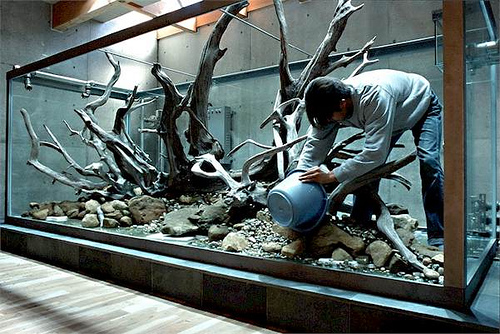Setting Up An Aquarium

Having your own aquarium the perfect way to bring a touch of nature into your home. It’s also relatively simple to do as long as you do a bit of research first. You will find that with the range of accessories on the market today – from aquarium chillers to monitoring equipment – it is easier than ever to keep your fish in good health. But you have to make sure that you get the set-up right, so your new pets have the best chance of survival right from the outset. To help ensure you do this, here are the steps you should follow:

And what about the placement of your stand? Is it near enough power points? Is it near a window? Remember that too much sunlight will cause excessive algae growth and could be detrimental to the health of your fish.
A good place to start looking for all your fish tank supplies is a company called Reef Perfect who will also be happy to give you advice plus you can buy online. And now your aquarium is set up you are free to (slowly) introduce your fish. Make sure you know exactly what and how often they need to eat, as all species will differ and you should never overfeed them.
